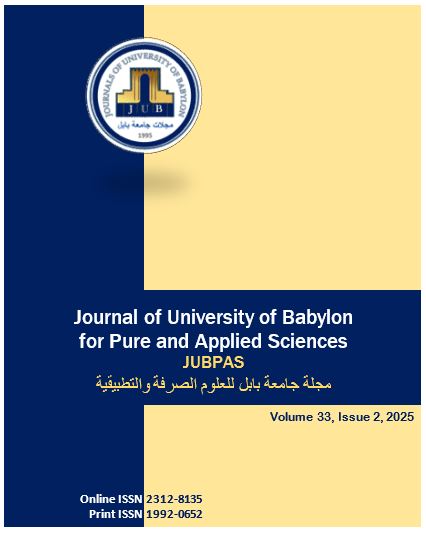Estimation of Bone Metabolic Biomarkers (MDA, BSAP, Calcium, and Vitamin D3) in Elderly Individuals Aged 50 to 70 Years of Both Sexes
Main Article Content
Abstract
Background: Osteoporosis (OP) is a long-term skeletal disturbance marked by loss of bone mass and bone tissue degradation, which increases fragility and the risk of fractures. Because of hormonal changes that speed up bone resorption, postmenopausal women are most affected by this disorder. Oxidative stress indicators are among the many biomarkers that are essential for understanding the metabolic mechanisms that underlie osteoporosis.
Materials and Methods A case-control study of 120 participants (80 patients, 40 controls) was conducted. Serum levels of MDA, BSAP, D3 and Ca+ were measured using ELISA kits, Statistical analysis was performed using SPSS, with a significance level set at P < 0.05.
Results: A statistical analysis using the SPSS program demonstrated a significant reduction in vitamin D levels among patients suffering from osteoporosis and a healthy control group (P<0.005). Furthermore, individuals with osteoporosis showed elevated of BSAP, and malondialdehyde (MDA) levels, indicating heightened oxidative stress.
Conclusion: This study highlights the association between oxidative stress and osteoporosis severity. The results suggest that vitamin D may play a crucial role in counteracting oxidative damage and preserving bone integrity.
Article Details
Section

This work is licensed under a Creative Commons Attribution 4.0 International License.
